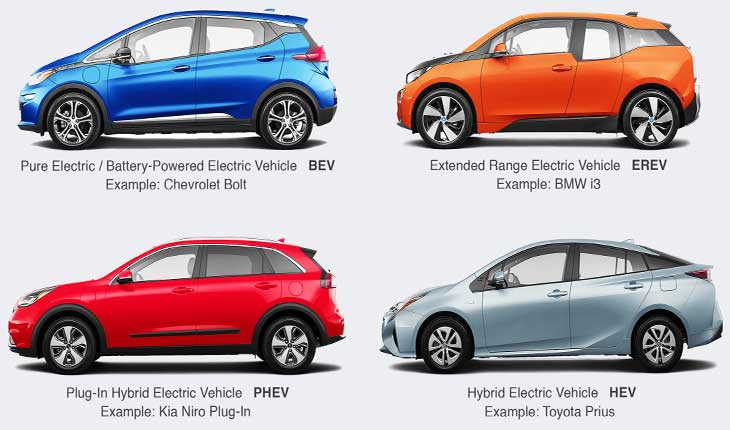In the automobile industry, electric vehicle (EV) conversion involves replacing a vehicle’s internal combustion engine and accessories with an electric motor and batteries. There are two main objectives of conversion of ICE vehicle to operate as a battery-electric vehicle. People find it advantageous because these vehicles have very low carbon emissions. Next, it reduces the amount of waste created when the vehicles reach the end of their lifecycle. There has been a considerable decline in the cost related to electric car batteries and motors. Do you know which types of vehicles can be electric?
Elements of a conversion
- Any type of vehicle can be converted to electricity.
- Most people generally prefer a vehicle that is lightweight, sleek, and smooth So that it can travel maximum distance per battery charge.
- There should be adequate space and load capacity for the batteries.
- If you want to turn a vehicle electric, choose an undamaged car whose body is in good shape.
- The battery pack is the source of electrical power. The most commonly found batteries are lead-acid flooded type. And more sophisticated ones include Ni-MH and Li-ion
- The charger restores energy to the mounted within the vehicle and will be connected to a special charging station.
- The power controller regulates energy flow between the battery and the electric motor(s) and is controlled by an electronic throttle.
- There will be one or more electric motors and their mechanical system stay attached to the driveline.
- Power conductors connect the battery, controller, and motor.
- Accessory equipment and power auxiliary equipment like power brakes, heating systems, etc.
- Control circuitry and some parts allow to control and interlock of the various components
- There is instrumentation related to the operation & maintenance of the conversion.
Electric vehicles are of following types such as:
- Battery Electric Vehicles (BEV)
- Plug-in Hybrid Electric Vehicle (PHEV)
- Hybrid Electric Vehicles (HEV)
Electric cars are the semi-electric vehicle that means they are partially operated on electricity. Conventional vehicles use a gasoline or diesel-powered engine, whereas electric cars and trucks incorporate an electric motor powered by a battery pack. BEVs are electric vehicles and can be charged with DC level chargers. They are eco-friendly and do not pollute the air.
All-electric vehicles (EVs) don’t work the same way. Plug-in hybrids vehicles use both a gasoline and an electric motor and the motor is powered by a battery pack. This battery pack is charged by plugging into a grid. There are other EVs that are completely devoid of liquid fuels and operate exclusively on electricity. There are EVs that are powered by the conversion of hydrogen gas into electricity.
Hybrid Electric Vehicles
The hybrid vehicles are powered by two separate sources and have more than one drive system. That is an electric motor and an internal combustion engine –gasoline or diesel as fuel. The objective of a hybrid drive combines the advantages of both drive systems and negates their disadvantages.
Nowadays, the only advantage of a traditional gasoline engine over an electric car is its range. This is not because of the mechanism involved in it that is battery. As the batteries become more equipped, they will certainly increase the range. Then, ICEs are less costly than electric cars. But, these traditional vehicles consume fuel, cause huge carbon emissions, and are noisy. A considerable proportion of fuel is wasted. An electric motor car doesn’t produce emissions or noise and is powered by electricity coming from renewable sources. Here, an electric car’s acceleration is also faster and more dynamic.

